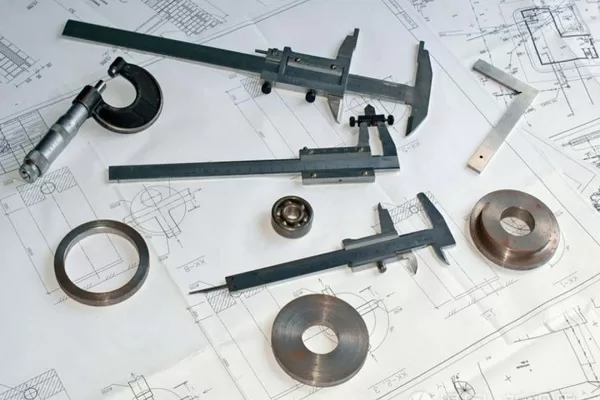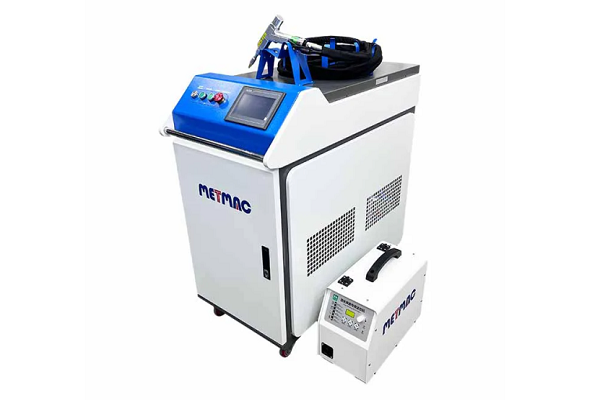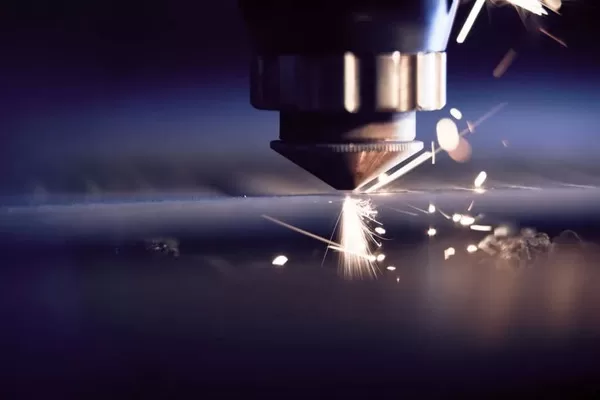
The Ultimate Guide to Duct Beading Machines
- By:Metmac
- 2024-09-14
- 70
Duct beading machines have emerged as indispensable tools in HVAC ductwork fabrication, ensuring airtight seals and efficient duct system performance. This comprehensive guide delves into the intricacies of duct beading machines, empowering readers with in-depth knowledge to make informed decisions.
Working Principle and Components
Duct beading machines operate on the principle of bending and forming sheet metal edges along duct seams. They comprise several key components:
– Rollers: A series of precision-machined rollers manipulate the sheet metal, creating beads or grooves.
– Pressure Bar: An adjustable bar applies pressure against the rollers, controlling the depth and sharpness of the bead.
– Frame: A robust frame supports the components and provides stability during operation.
Types of Beads
Different types of beading enable customization based on duct system requirements:
– Pittsburgh Lock: A common interlocking bead used in rectangular ducts, providing a strong and leak-free connection.
– Drive Cleat Bead: A bead shaped like a spine, providing rigidity and support for round ducts.
– Slip and Drive Bead: A bead that slides inside another bead, allowing for flexibility and easy installation.
Material Compatibility
Duct beading machines are compatible with various sheet metal materials, including:
– Galvanized Steel: A corrosion-resistant and widely used material for HVAC ducts.
– Aluminum: Lightweight and durable, often employed in residential and commercial applications.
– Stainless Steel: Resistant to corrosion and extreme temperatures, suitable for harsh environments.
Benefits of Duct Beading
Beading sheet metal edges offers numerous advantages:
– Improved Airtightness: Beads reinforce duct seams, preventing air leakage and enhancing energy efficiency.
– Enhanced Structural Integrity: Beading adds strength and rigidity to ducts, reducing the risk of damage and premature failure.
– Increased Pressure Resistance: Beading withstands high internal pressure without buckling or deforming.
Factors to Consider When Choosing a Machine
Selecting a duct beading machine requires careful consideration of several factors:
– Bead Type: Determine the desired bead profile based on duct system requirements.
– Sheet Metal Thickness: Choose a machine with rollers capable of handling the thickness of the sheet metal used.
– Production Volume: Assess the required output for your fabrication needs.
– Features: Consider additional features such as variable speed controls, digital displays, and safety guarding.
-
The Advantages of Using a Sheet Roll Forming Machine in Manufacturing
2024/09/14 -
How to Optimize Your Laser Sheet Cutting Machine for Maximum Performance
2024/09/12 -
How to Maximize Efficiency with Modern Sheet Metal Working Machines
2024/09/04 -
The Environmental Benefits of Using Duct Board Grooving Machines
2024/09/03
-
A Guide to the Latest Innovations in Sheet Metal Folding Machines
2024/11/29 -
Key Features to Consider When Investing in a Sheet Metal Folding Machine
2024/11/28 -
Enhancing Precision with Advanced Sheet Metal Folding Machines
2024/11/27 -
How to Choose the Right Sheet Metal Folding Machine for Your Workshop
2024/11/26



